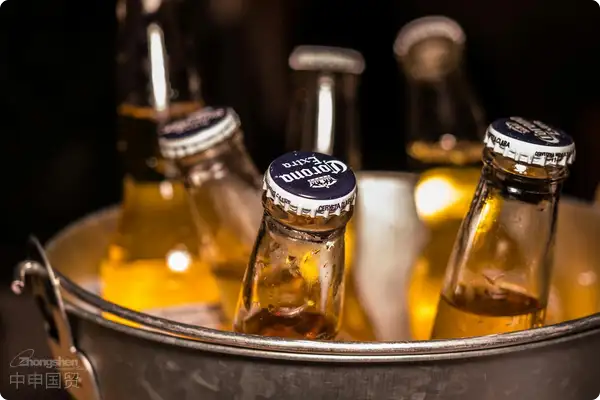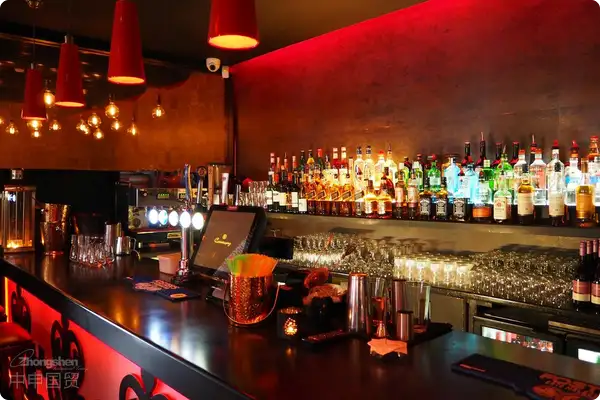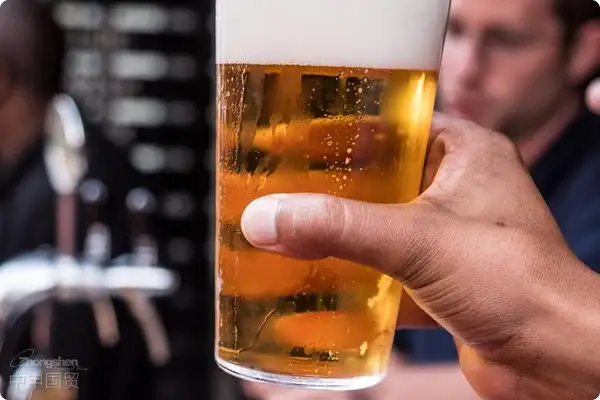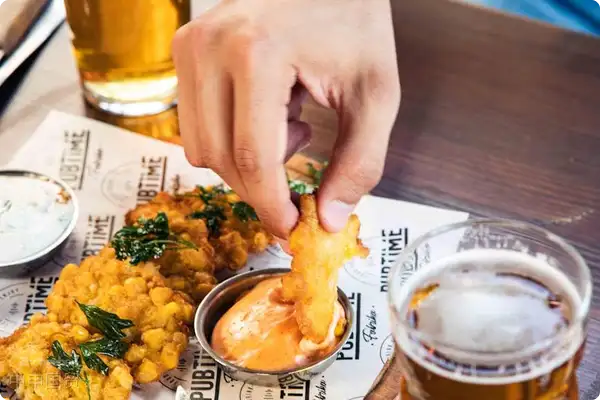- Shanghai Zhongshen International Trade Co., Ltd. - Two decades of trade agency expertise.
- Service Hotline: 139 1787 2118

The Golden Section Line of Imported Beer
As an old hand who has been deeply engaged in the field of alcohol import for twenty years, I have found that many newly - entered agents often fall intoThe Dilemma of Packaging Specification Selection. Taking Budweiser aluminum cans as an example, there are two common specifications, 330ml and 500ml, and theirMaritime Transportationbenefits are quite different:
- Loading capacity of 330ml standard carton: 1,700 cans/20GP container
- Loading capacity of 500ml standard carton: 1,200 cans/20GP container
However, in actual operation, we recommend a mixed - loading strategy. Through the cooperation experience with the Budweiser factory in the Czech Republic, adoptinga canning ratio of 7:3(i.e., 70% small - sized + 30% large - sized) can increase the value of goods per container by 15% and meet the distribution needs of different channels at the same time.
The Invisible Barriers in the Customs Clearance Process
In 2025, the newly revisedSpecification for the Labeling of Hop Ingredients in the EUrequires importers to provide a detection report on the alpha - acid content. Last year, a certain batch of Budweiser Black Gold series we represented was detained at the port due to this reason. Finally, the crisis was resolved through the pre - declaration mechanism. Here is a list of key documents:
- Certificate of Origin and Sanitation (must include the yeast activity index)
- Alcohol Content Detection Report (accurate to two decimal places)
- Proof of Malt Saccharification Degree
- Pre - review and Filing Number of Chinese Back Label
The Password of Temperature in Cold - chain Transportation
The most crucial aspect of beer transportationConstant temperature zone of 5 - 8℃control, different transportation methods have unique solutions:
| Transportation method | Temperature control solution | Full - container cold chain |
|---|---|---|
| Full Container Load (FCL) by sea | Cooling plate + Insulation layer | Base price |
| China-Europe Railway Express | Dynamic cooling replenishment system | +18% |
| Air TransportationChartered aircraft | Pre - cooled container | +320% |
According to the logistics data we tracked, adoptingTemperature - controlled segmented transportation by sea - rail combined transportsolution can reduce the cargo damage rate from 2.3% in conventional transportation to 0.8%, which is especially suitable for inland distribution channels.
The art of fine - tuning in local operations
Even for international brands with standardized production, it is still necessary to pay attention toThree aspects of local adaptation:
- Dynamic management of shelf life
- Sea - freight batches: Reserve an 8 - month shelf life
- Air - freight batches: Reserve an 11 - month shelf life
- The Three - line Rule for Chinese back labels
- First line: Highlight the raw material origin
- Second line: Alcohol content + Original wort concentration
- Last line: Description of special brewing process
Pit - avoiding guide: Three cognitive misunderstandings for beginners
In the typical cases handled recently, 80% of the problems originated from the following misunderstandings:
- Superstition about the advantages of duty - free ports,: The actual comprehensive cost may be higher
- Neglect of factory direct - purchase terms: The difference in logistics control between EXW and FOB
- Excessive pursuit of freshnessThe quality stability period of beer reaches 45 days.
I remember that when optimizing the supply chain for a Shenzhen client last year, through adjustmentsSub - packaging in the bonded areaof strategies, its turnover efficiency was increased by 40%. This reminds us that professional tasks need to be escorted by professional teams.
Related Recommendations
Category case
Contact Us
Email: service@sh-zhongshen.com
Related Recommendations
Contact via WeChat

? 2025. All Rights Reserved. 滬ICP備2023007705號-2  PSB Record: Shanghai No.31011502009912
PSB Record: Shanghai No.31011502009912









